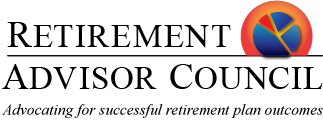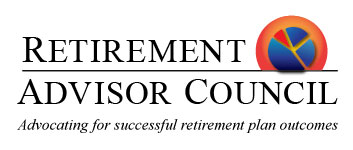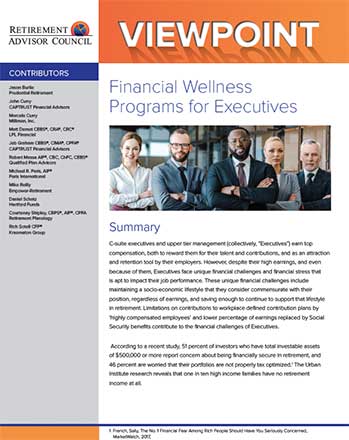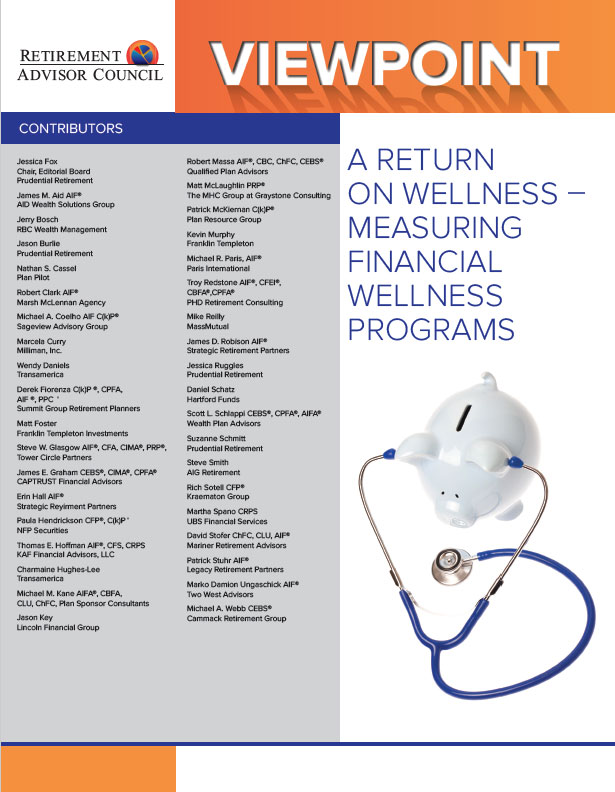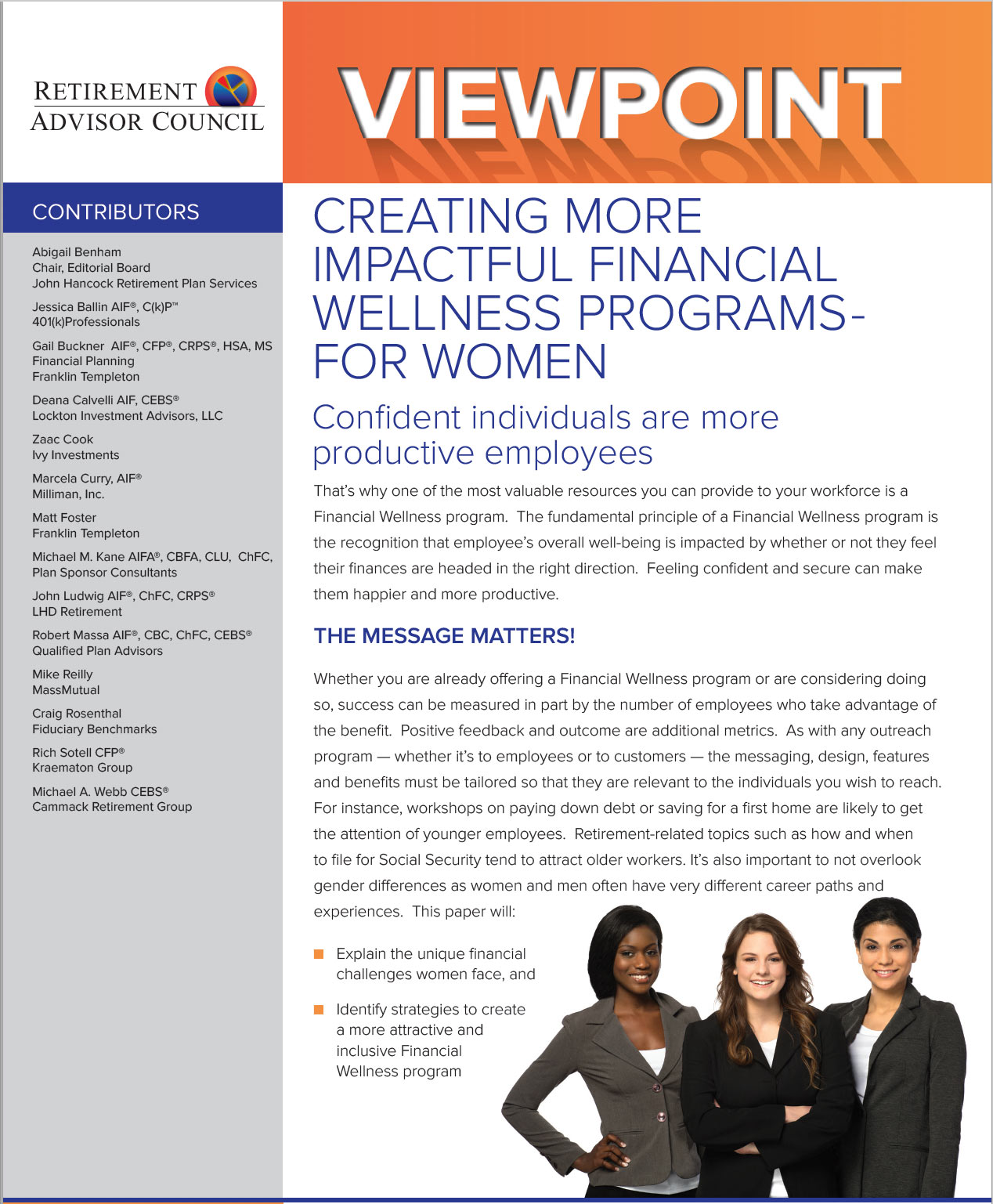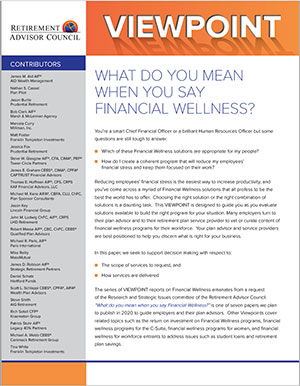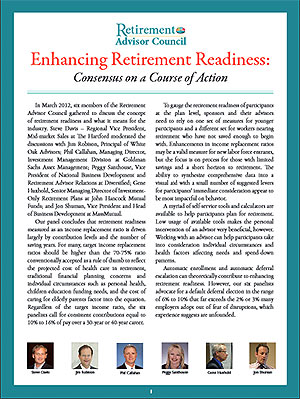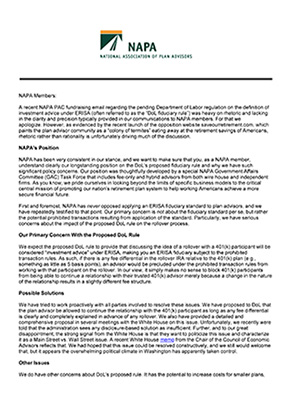Viewpoints
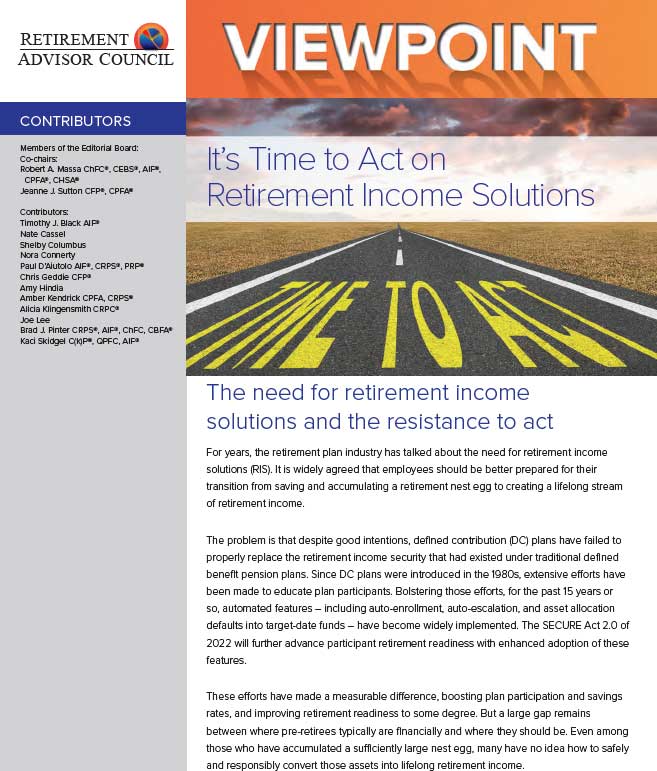 For years, the retirement plan industry has talked about the need for retirement income solutions (RIS). It is widely agreed that employees should be better prepared for their transition from saving and accumulating a retirement nest egg to creating a lifelong stream of retirement income.
For years, the retirement plan industry has talked about the need for retirement income solutions (RIS). It is widely agreed that employees should be better prepared for their transition from saving and accumulating a retirement nest egg to creating a lifelong stream of retirement income.
The problem is that despite good intentions, defined contribution (DC) plans have failed to properly replace the retirement income security that had existed under traditional defined benefit pension plans. Since DC plans were introduced in the 1980s, extensive efforts have been made to educate plan participants. Bolstering those efforts, for the past 15 years or so, automated features – including auto-enrollment, auto-escalation, and asset allocation defaults into target-date funds – have become widely implemented. The SECURE Act 2.0 of 2022 will further advance participant retirement readiness with enhanced adoption of these features.
Despite their high earnings, and even because of them, Executives face unique financial challenges and financial stress that is apt to impact their job performance. These unique financial challenges include:
- Maintaining a socio-economic lifestyle commensurate with their position, regardless of earnings,
- Limitations on contributions to workplace defined contribution plans by ‘highly compensated employees’,
- Lower percentage of earnings replaced by Social Security benefits,
- Greater risks of loss and increased personal liability because of perceived “deep pockets”
- Benefits that provide inadequate financial protection
- Greater exposure to fraud and cybercrime.
For employers considering whether to set up a Financial Wellness program, case studies, industry insights and surveys serve as a compelling case for the value of Financial Wellness program. This VIEWPOINT
* Quantifies the impact of employee financial stress on the cost of labor,
* Provides a case-in-point showing how an 8-year program improved productivity, retention, and reduced administrative costs associated with turnover, and
* Lists metrics to help measure the Return on Investment of Financial Wellness programs.
For employers considering whether to set up a Financial Wellness program, case studies, industry insights and surveys serve as a compelling case for the value of Financial Wellness program. This VIEWPOINT
* Quantifies the impact of employee financial stress on the cost of labor,
* Provides a case-in-point showing how an 8-year program improved productivity, retention, and reduced administrative costs associated with turnover, and
* Lists metrics to help measure the Return on Investment of Financial Wellness programs.
Reducing employees' financial stress is the easiest way to increase productivity. Chief Financial Officers and Human Resources Officers come across a myriad of Financial Wellness solutions that all profess to be the best the world has to offer. Choosing the right solution or the right combination of solutions is a daunting task. This VIEWPOINT is designed to guide the reader through the evaluation of solutions available to build the right program for their situation. Many employers turn to their plan advisor and to their retirement plan service provider to vet or curate content of financial wellness programs for their workforce. Your plan advisor and service providers are best positioned to help you discern what is right for your business. This paper, the first in a series the Council will publish in 2020 seeks to support decision making with respect to:
- The scope of services to request, and
- How services are delivered
The Position Paper concludes that for many, target income replacement ratios should be higher than the 70-75% conventionally accepted as a rule of thumb. The higher ratio is to account for the projected cost of healthcare in retirement, and traditional financial planning concerns such as personal health, children education needs, and the cost of caring for elderly relatives. Regardless of target income ratio, the six panelists call for consistent contribution levels in the range of 10% to 16% of pay over a 30‐year or 40‐year career. To measure retirement readiness, the panelists suggest a two-prong approach: one measure based on income replacement ratios for younger participants with a decades‐long horizon to retirement, and a different set of measures for those with limited savings and a shorter timeframe. The Position Paper also touches on the type of tools most impactful on participant behavior. When it comes to automatic enrollment, the six panelists advocate for a default deferral election in the range of 6% to 10% that far exceeds the 2% to 3% many employers adopt out of fear of disruption, which experience suggest is unfounded.
